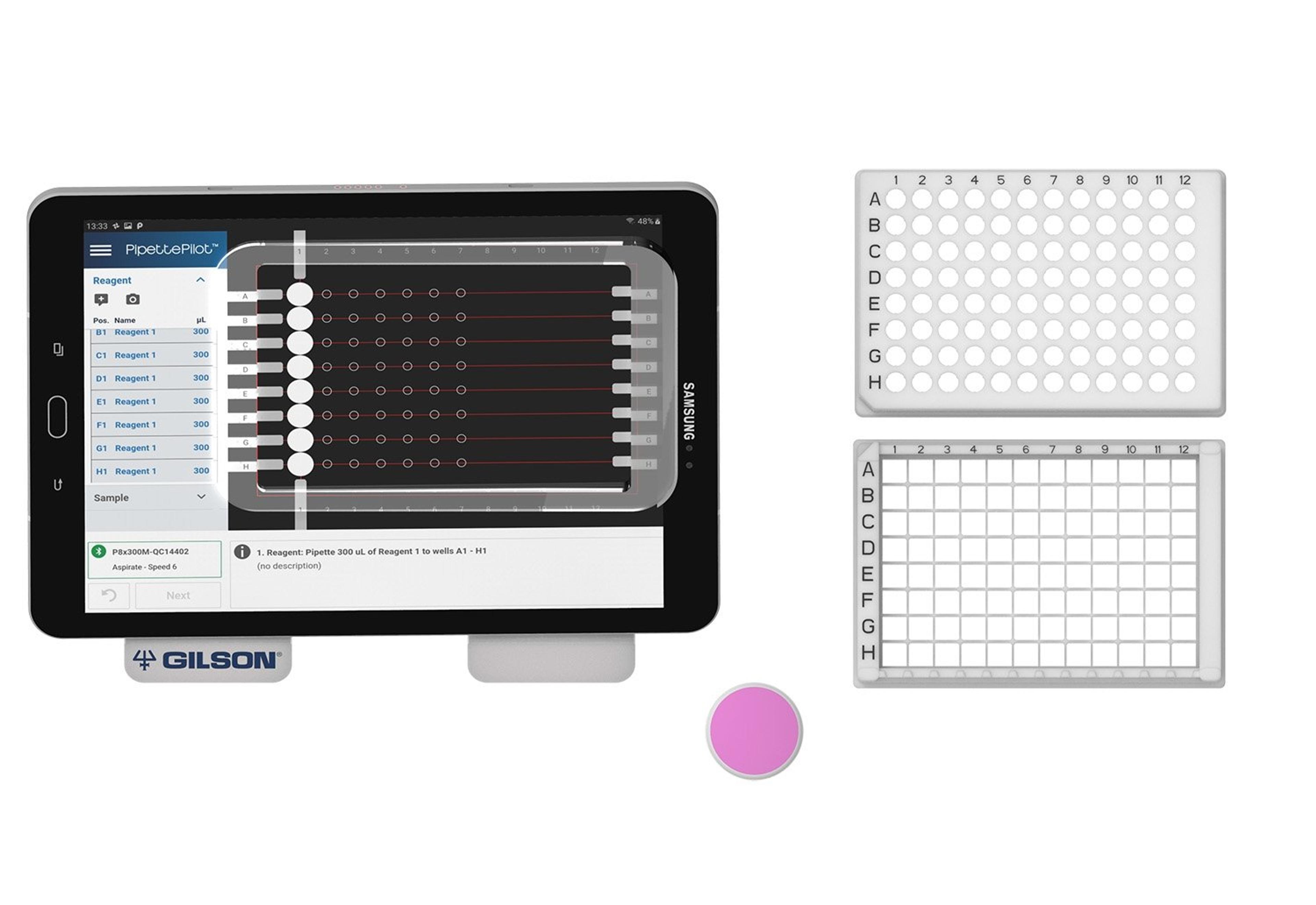How small data systems are transforming laboratory digitalization
Learn how small data systems can enhance overall reliability, traceability, and reproducibility in the lab in this on-demand webinar
27 Aug 2020

The lab of the future is a data-centric enterprise, but with most of our industry's attention focused on the possibilities arising from Big Data, gaps still remain. These gaps, left by many ubiquitous benchtop tools, leave holes in the data chain that affect researchers' ability to diagnose result variances. Thanks to technological advancements, this is now changing.
In an on-demand SelectScience webinar, Steve DeCabooter, Director of Connected Platforms at Gilson, highlights why small data systems are different and how they create new possibilities for better, more verifiable science using Gilson's connected platform.
Watch on demand
Catch up on this webinar to learn:
- How small data systems are different from traditional systems
- How small data systems can enhance overall reliability, traceability, and reproducibility in the laboratory
- The new possibilities that exist for researchers using connected benchtop equipment
Read on for highlights from the live Q&A session or register to watch the webinar at any time that suits you.
Q: What does the data system provide in the report?
SDC: The report includes everything that happens during the run. With regards to pipetting, this includes who executed the protocol and when, the equipment used, and any comments or corrections that were made throughout. Most importantly, in the end, it includes a detailed, timestamped log of every event that happened during the protocol.
Q: How does Gilson see the platform evolving in the future?
SDC: I think one of our customers described it best when they talked about the future as being one of ubiquitous connectivity. We're working towards that vision by building an ecosystem; our goal is to partner with the best-in-class companies that you're already using in your lab as we work on digitizing the lab. We've already begun partnering with industry leaders like SciNote for electronic lab notebooks and, as we announced last month, QIAGEN, for nucleic acid preparation. We see a lot of opportunities working with those partners to build the future of the lab.
Q: While the connective technology is focused on pipettes, do you have any intention of extending it to other appliances or instruments?
SDC: We do. A lot of the core value is realized at the bench, and when you start getting more and more instruments tied into the overall system. At the moment, a lot of our focus is on the kit side; we're looking for some guidance from you, the researcher, on who best to work with as we start to include other devices like balances, pH meters, and more.
Q: Do you have any relationships with universities, and how could this technology be shared with students?
SDC: We have a long history of working with universities, especially with regards to our pipettes, and we'd love to look at ways we could help to introduce this technology. We believe that there's a lot of advantages with a platform like TRACKMAN® Connected because something as simple as pipetting actually has a lot of technique to it. To help training students, for example, is something we'd definitely be interested in talking about.
Q: How will the system be of compliance with GxP?
SDC: GxP, 21 CFR 11, and similar standards are as much about your workflows as they are about the features in any software product. Gilson's Connected Platform can undoubtedly help you in achieving compliance. For instance, we have focused on features like unique user management and timestamped activity logs, that are key for integrating into a broader workflow that's GxP-compliant.
SelectScience runs 3-4 webinars a month across various scientific topics, discover more of our upcoming webinars>>
Do you use Gilson products in your lab? Write a review today for your chance to win a $400 Amazon Gift Card>>


